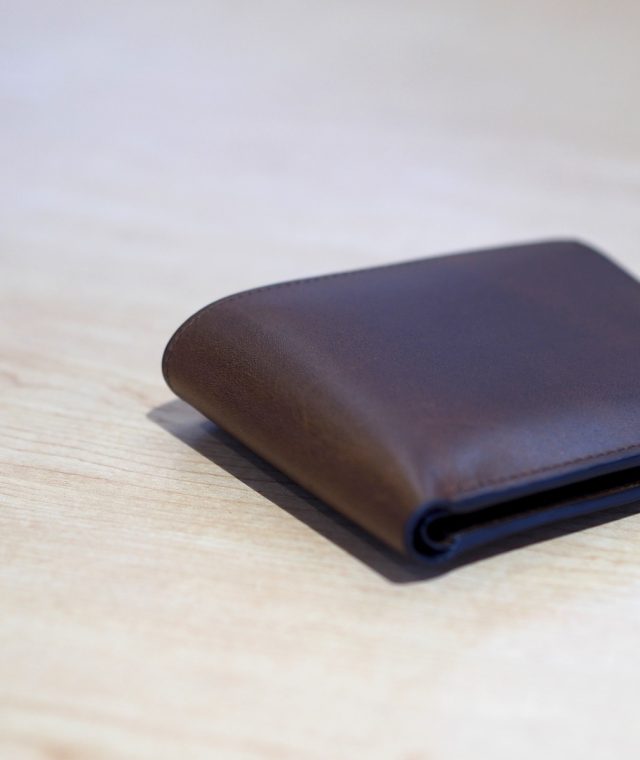RRSP: Registered Retirement Savings Plan
An RRSP is a retirement savings plan that you establish, that we register, and to which you or your spouse or common-law partner contribute. Deductible RRSP contributions can be used to reduce your tax.
Any income you earn in the RRSP is usually exempt from tax as long as the funds remain in the plan; you generally have to pay tax when you receive payments from the plan.
How do RRSPs work?
You can hold a wide range of investments within an RRSP1, depending on the type of plan, including stocks, bonds, guaranteed investment certificates (GICs), and mutual funds. Investment income earned from these investments, is tax-deferred in the RRSP until you withdraw the funds.
What are the benefits of investing in an RRSP?

Tax-Deferred Savings:
Any investment income earned on investments held within the plan is tax-deferred, as long as it remains in your RRSP.

Tax Deductions:
Your RRSP contributions are tax-deductible and may help to reduce the total amount of income tax you pay.

Optimizing Deductions:
You can carry forward your unused RRSP contribution room from years of lower income and use it in future years when your income may be higher. This can help you benefit from tax savings when you’re in a higher tax bracket.

Income Splitting:
If you earn more than your spouse or common-law partner, contributing to a spousal RRSP may help reduce the total amount of tax you pay.

Financing your First Home or Education:
You can withdraw money from your RRSP without being immediately taxed to pay for your first home or education, under the Home Buyers' Plan or Lifelong Learning Plan (LLP)

Borrow to top up your RRSP contribution
If you are not able to max out your RRSP contribution by the deadline (the first 60 days of the current year), it could be advantageous for you to get a top-up loan. Depending on your contribution room and income tax bracket, you could get a substantial tax refund, which you would apply to the principal of the loan. The benefits of the loan are not only in the tax refund that you get but also in the long term compounding interest rate.
When can I withdraw my money?
You can make a withdrawal from your RRSP any time3 as long as your funds are not in a locked-in plan, but withdrawals will generally be included in your income and subject to tax in the year of withdrawal.
Usually, a portion of the withdrawal will be withheld and remitted to the government as a prepayment of the income tax you will owe for the year.
Depending on the amount of taxable income you’re earning in the year of withdrawal, it may be beneficial to put off making withdrawals until a year in which your taxable income will be lower.
In addition, unlike withdrawals from a tax-free savings account (TFSA), withdrawals from an RRSP are not added back to your contribution room in the year following the withdrawal.
How RRSPs work
For most Canadians, having an RRSP is one of the best ways to save for retirement. Here’s what you need to know about how they work and how you benefit:

How much can I contribute to my RRSP?
There is a limit to how much you can contribute to your RRSP each year. Check your most recent Notice of Assessment (NOA) from the Canada Revenue Agency (CRA) to confirm your maximum contribution limit. You can also view your deduction limit online when you register for CRA's My Account. Your contribution room for the current year includes: Any unused contribution room carried forward from previous years. 18% of your previous year's earned income up to the maximum contribution limit for the current tax year. (For 2021, the maximum contribution limit is $27,830.) Note: Any deposits you and/or your employer make into a pension plan will reduce your RRSP contribution room. Always check your personal contribution limit.

When is the RRSP contribution deadline?
You can contribute to your RRSP any time. However, to lower your income tax for the 2021 tax year, make contributions no later than March 1st, 2022.

How do I contribute to my RRSP?
It's easy to set up an RRSP. You can make a one-time, lump-sum deposit or regular, automatic transfers to an individual RRSP. If you belong to a company-sponsored group RRSP, contributions are usually made directly from your employer's payroll.
Make your money go further, faster – RRSP benefits
Contribute to your RRSP today!
Contact Us
- 778-378-5636